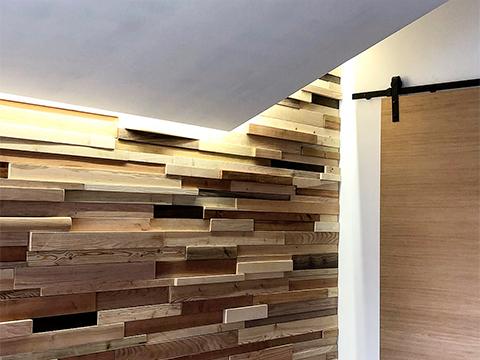
Led lights, what they are and how they work.
A light emitting diode (LED) is an electronic light source. The LED was invented in Russia in the 1920s, when it was discovered that the diodes used in radio technology emitted light when crossed by electric current. They are based on the principle of operation of semiconductor diodes. When electric current passes through them, the diodes exploit an effect called electroluminescence and release energy in the form of light. The LED has numerous advantages over traditional light sources: they range from lower energy consumption, longer life, better robustness, faster ignition and very small dimensions that make its applications very flexible. The higher cost is, however, due to the fact that they require a much more controlled current and a very careful management of heat dissipation. The applications of LEDs are practically endless. They are used as low cost indicators, but above all to replace traditional light sources. The invention and development of enhanced white light LEDs has definitely favored their use in the field of lighting. As LED technology has evolved, the amount of light emitted has rapidly increased, while still maintaining efficiency and reliability at an acceptable level. Its growth has a practically exponential trend, doubling the value of lumens / watt approximately every 36 months. These advances are attributable to the parallel development of semiconductor technology, advances in the study of optics and the improvement of the materials used. One of the key benefits of LED lighting products is their efficiency, measured as the amount of light emitted per unit of power consumed. Their main success is due to the fact that, when used with low intensity currents and at low temperatures, they have a significantly longer lifespan than any other light source. Many of the LEDs produced in the 1970s and 1980s are still functional today. The standard life of LEDs varies between 25,000 and 100,000 hours, but the heat and intensity of the current can significantly reduce or increase the values. Discover all our indoor LED products go to the Indoor Lighting page